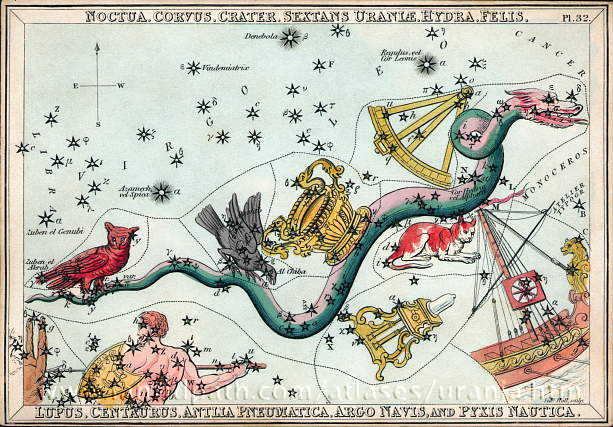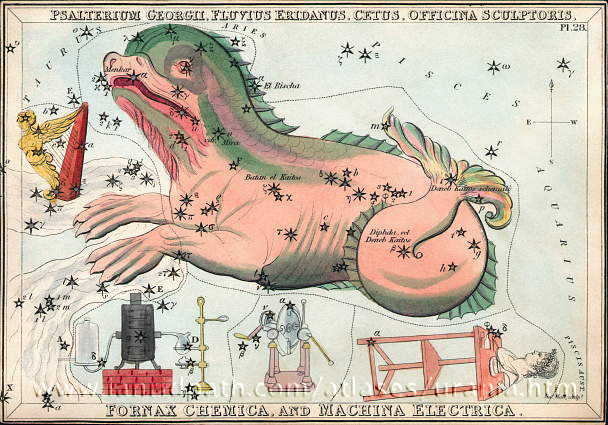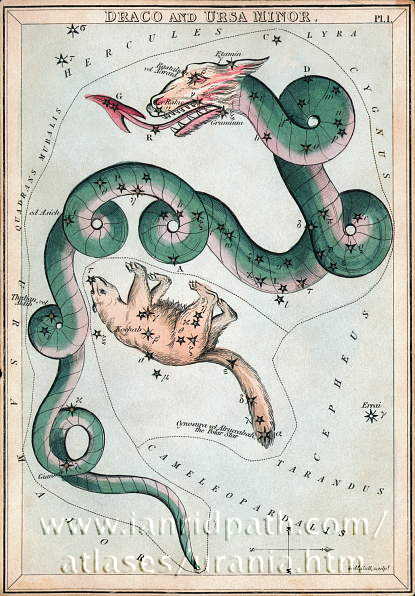For a change, I've decided to write about two graphic novels that I didn't particularly like.
Miss Don't Touch Me takes place in 1930s Paris and is the story of Blanche, a young woman who begins working in a brothel to track down a serial killer who murdered her sister. What drew me to this was definitely the art, I don't think I'd ever have read this for any other reason as I'm not generally a fan of crime fiction. I especially liked the really rich use of colour and the expressive line drawing, but that for me is one of the books few redeeming factors.
I think the writer could have explored more the issues of gender, race and class that are so intwined in the story but sadly that didn't happen. It also struck me as being slightly exploitative whilst also commenting on the exploitation of sex workers, which I found very uncomfortable.
The Metamorphosis by Peter Kuper is a graphic adpatation of the novella of the same name by Franz Kafka, originally published in 1915. Having never loved any of Kafka's work I picked this up because I thought it'd be interesting to investigate how an already famous narrative can be adapted visually into a new form and context. In contrast to Miss Don't Touch Me I really hated the art in The Metamorphosis.
currentVote
noRating
noWeight











